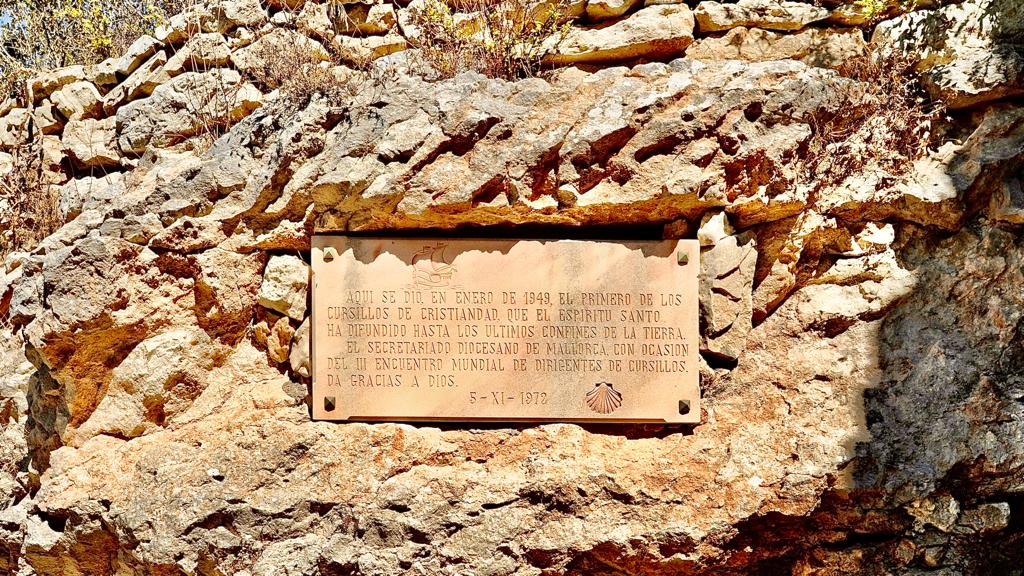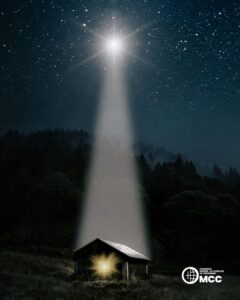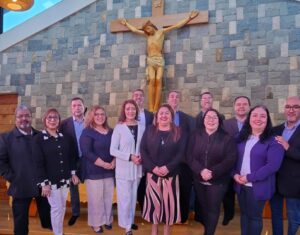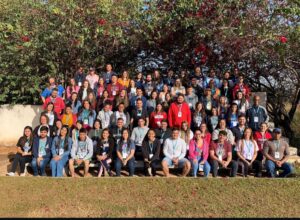“The Cursillo Movement began in the 1940s on the island of Mallorca (Spain), taking shape in the spiritual preparation for a pilgrimage to the tomb of St. James the Apostle organized by the youth of Catholic Action during the Holy Year of Compostela in 1948. The First Cursillo de Cristiandad was held in January 1949 in the Monastery of San Honorato de Randa (Mallorca)“. This text begins the Decree of Canonical Recognition of the World Organization of Cursillos of Christianity, issued by the Dicastery for the Laity of the Holy See in 2004. It is a fundamental document for the Movement since it supposes its formal recognition as an ecclesial movement fully integrated, participatory,and active in the Universal Church. In a certain way, it is the definitive step in the necessary discernment that the hierarchy has to make of the charism of the MCC.
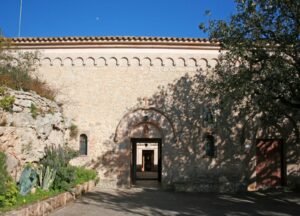
Significantly, the Decree of Recognition mention is made of the first Cursillo. Indeed, it was a very relevant moment in the genesis of the Movement. It was a milestone in a long process of study, reflection, and experimentation, starting from the previous Cursillos of “Adelantados” and “Jefes de Peregrinos,” in the search for a new way to enable everyone, including those who “lived on the margins of religion” to experience in all its intensity the essential content of Christianity: the love of God who wants to reach everyone. And that first Cursillo, properly speaking, the one celebrated from January 7 to 10, 1949, in San Honorato, Mallorca, distinct and different from the previous one, with a new approach, purpose, and meaning, promoted the definitive configuration of the Movement, with its distinctive and characteristic elements: its purpose, its method of evangelization in three times and the minimum of organization and structure necessary.
Therefore, we celebrate a historic event for our Movement: the seventy-fifth anniversary of that first Cursillo de Cristiandad. And this is important: there are already many years of journey, but above all, there are many people, many encounters, many life stories, and much life in this history… Therefore, it is a reason, first of all, to thank God for it. For that first Cursillo and for all those who made it possible. For all that came afterward, for the Movement that from there was concretized. For those whom we recognize as the initiators of our Movement, for Eduardo, for Sebastián, for Bishop Hervás… and for so many others who were also there, putting their lives in the endeavor, allowing themselves to be led by the Spirit to continue building, in the Cursillo Movement, that history of salvation that reaches us until today.
But this anniversary is also an occasion to reflect, discern, continue learning, andcontinue deepening the mentality and identity of our Movement.
And the first reflection is straightforward: “It is necessary for us to know our own history…” This expression is from the first issue of Fundamental Ideas 3Ed. Thisanniversary is an excellent occasion to at least become aware of the importance of knowing our history… Today, we have many possibilities and many bibliographic resources to approach the history of the Movement, from its antecedents in the pilgrimage to Santiago de Compostela to the first Cursillo, to the creation of the fundamental structures of the Movement, to its expansion, to its ecclesial and social vicissitudes… And it is necessary to approach the whole story, from all approaches … With seriousness, with a critical spirit, contrasting evidence and gathering data: to have a lucid understanding of not only the “what” but also the “whys.”
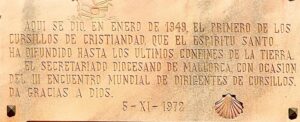
Because – this would be the second reflection – it is not only about knowing (dates, events, people) but also about LEARNING from history… IF3Ed continues: “to know our own history to recognize, maintain and update our identity… It is a way to grow in unity and to respond to the necessary for renewal that God´s Spirit inspires according to the needs of the men and women of today“. It is a matter of being able to learn from history key elements to live our identity today, to maintain that creative fidelity that allows us to welcome the original inspiration and make it come alive in today’s circumstances. If we look at the first Cursillo, learn not only the date, the place, and the names: learn the evangelizing ardor, the knowledge of reality, the pastoral dissatisfaction, the joint work, and the enthusiasm… This is not always easy: it demands discernment; it demands to know how to go to the essential and not to remain in the accessory; it demands to go to the bottom before going to the forms. In other words, history calls for study, reflection, discernment, and prayer.
Another important consideration on this anniversary: We cannot identify the Cursillo(alone) with the Movement, and we cannot identify the celebration of the first Cursillo(alone) as the moment of the beginning of the Movement. Maybe quite obvious, but let us remember that the Cursillo is a part of the evangelizing method of the CursilloMovement. Evidently, the first Cursillo was a pivotal moment. Still, before the Cursillo, a group of people already prepared themselves, working, thinking, and praying together: a School of Leaders. It was a group of people who shared a way of seeing reality, a desire to reach out to others, a restlessness to find a new way of evangelizing, a conviction about the value of friendship, the testimony of life and prayer… They shared a MENTALITY, which was not entirely their own but had been inspired by the Spirit: the CHARISM, the true origin of the MCC.
Finally, they were YOUNG! All that group that moved around the first Cursillo, the leaders, the cursillistas… were young. Bonnín, Ruirtot, Rullán, Estarellas, Capó, Payeras, Gayá, all were in their early twenties and thirties… even Bishop Hervás was the youngest in Spain. Precisely now that the issue of youth in the Church is so topical, precisely now that the question of youth is one of the major concerns of our Movement, it is good to remember (and learn) that this began as a “youth thing”…
In Evangelii Gaudium, Pope Francis reminds us: “Evangelizing joy always shines on the background of grateful memory: it is a grace that we need to ask for“. It is time to ask for that grace for our whole Movement, for the entire Cursillista family in the world. May the grateful memory for these 75 years lead us to live the present of our Movement with passion and to open ourselves to the future with hope.

